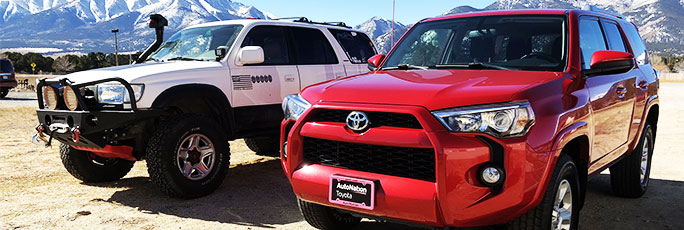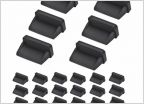-
Welcome to 4Runners.com!
You are currently viewing as a guest! To get full-access, you need to register for a FREE account.
As a registered member, you’ll be able to:- Participate in all 4Runner discussion topics
- Transfer over your build thread from a different forum to this one
- Communicate privately with other 4Runner owners from around the world
- Post your own photos in our Members Gallery
- Access all special features of the site
Auxiliary high-beam tap to relay, lights flickering in DRL mode
Discussion in '5th Gen 4Runners (2010-2024)' started by mynameistory, Mar 3, 2020.


 Does anyone what these fender to body connector thingys are called?
Does anyone what these fender to body connector thingys are called? Air injection wire pulled away from clip!
Air injection wire pulled away from clip! Usb help
Usb help Hub Centric Wheels
Hub Centric Wheels Steering wheel shake and pull. KO2s to blame?
Steering wheel shake and pull. KO2s to blame? Front seat covers recommendation. Amazon?
Front seat covers recommendation. Amazon?















































































